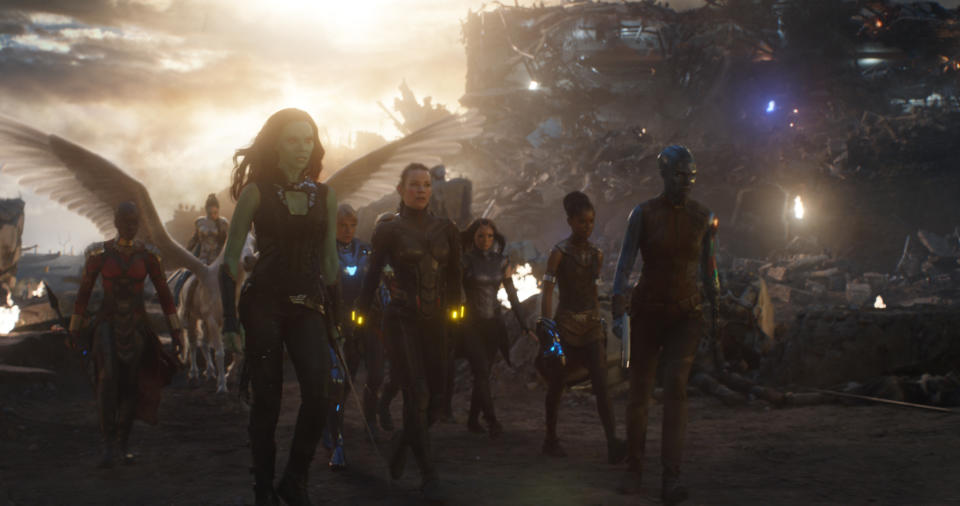Men are still getting two thirds of movie speaking roles

Despite 'substantial gains' for women over the past year in the movies, men are still dominating two thirds of the speaking roles in movies.
An annual report from San Diego State University (via Deadline), titled 'It’s a Man’s (Celluloid) World', looked at the top 100 highest-grossing movies of the last year to glean the data.
It found that female protagonists rose from 31 percent in 2018, to 40 percent in 2019, a 'recent historic high'.
Read more: Joker leads 2020 BAFTA nominations
Women also made up 37 percent of major characters, up one percent from last year.
But men still took up 63 percent of major characters, and 66 percent of all speaking roles, women down one point from last year to 34 percent.

“We have now seen two consecutive years of substantial gains for female protagonists, indicating the beginning of a positive shift in representation,” said Dr. Martha M. Lauzen, executive director of the university's Center for the Study of Women in Television and Film and the author of the report.
“That said, it is important to note that moviegoers are still almost twice as likely to see a male character as a female character in a speaking role.”
Read more: Eva Green and Caitlin Moran to open Glasgow Film Festival
The report also picked up on female roles being more racially diverse than men's, but only slightly.
68 percent of female characters with speaking parts were white (compared to 71 percent in men), with 20 percent black actresses (15 percent in men), five percent Latina (the same in men) and seven percent Asian, compared to six percent in men.
Female movie characters are also found to be much younger than men too, with the majority in their 20s, while the majority of men are in their 30s – with men over 40 making up 47 percent of male characters.

 Yahoo Sport
Yahoo Sport 






































